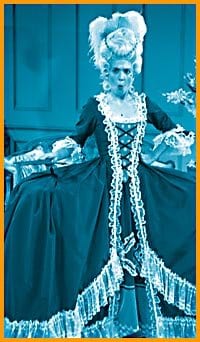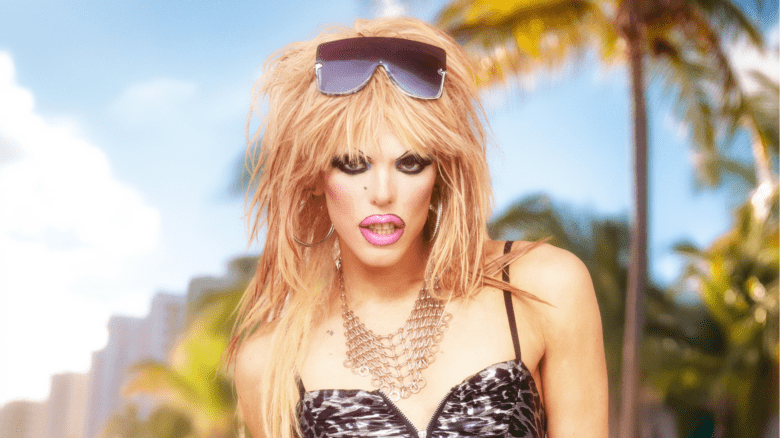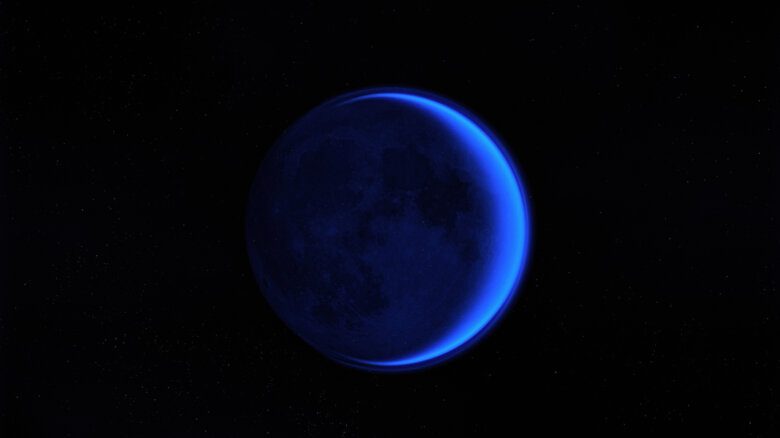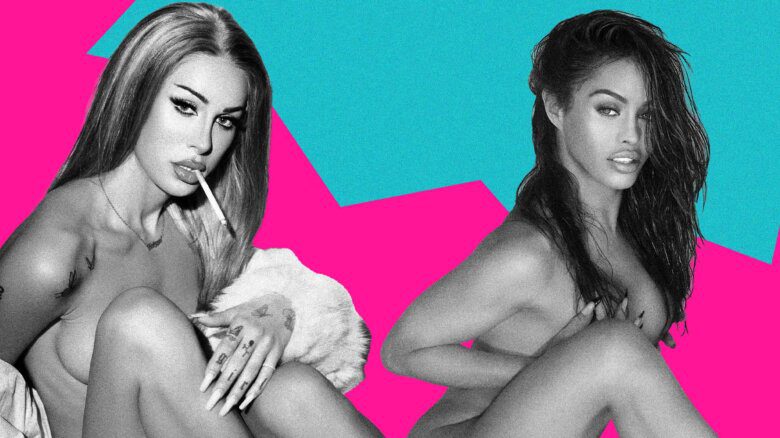“I was listening to the radio the other day,” says playwright and actor Diane Flacks, “and there was a story about an anthropologist who had found the remains of a female gladiator. The reporter said something really glib, like ‘Well, of course, it’s a known fact that there were female gladiators.’
“And I was sitting there thinking, ‘No, it’s not a known fact. People don’t know about this.’ It’s so frustrating that even as people discover these amazing things about women’s history, it’s almost like they’re being kept secret.”
Flacks, along with writer Jane Ford, is about to change all that. The Broad Side, the pair’s six-part comedy series hits the CBC on Mondays, starting Mar 5. Exploring six different eras – including the Renaissance, Medieval England and the Klondike gold rush – the series has an ensemble cast of four seriously talented women enlivening this funny feminist re-telling of history.
As co-writers of the series, Ford and Flacks have the perfect pedigrees. Flacks has written and performed in several of her own critically acclaimed plays, including Myth Me, By A Thread and Random Acts. Most recently, she came off a tremendous year of performing in two huge stage hits, Sibs and Smudge, and starring in the CBC TV series PR.
Ford is a composer and a television writer/producer (CBC’s Material World, the Comedy Network’s Behind The Scenes), as well as the former proprietress of the legendary Toronto cabaret The Queen’s Bedroom.
The Broad Side began its life back in 1994 as a series of radio dramas; simultaneously Ford and Flacks started pitching the TV series. “It was a tough sell,” Ford says. “Think about it: Six episodes. Women’s history. An all female cast. Done on the cheap. Everyone we spoke to was excited about the idea, but no one was sure how to pull it off, or how to sell it.
“But Diane and I were dogged. We just put our heads down and fought.
“For me, that determination came out believing in the importance of putting this history out there. The series is meant to be funny, but the underlying reason behind it is a serious one. Back then there wasn’t a women’s voice in history. If you dug for it, you could find it, but it wasn’t mainstream. This to me, was in a small, small way, about not letting thousands of years of silence about women’s lives continue.”
As much as the series – taped in front of a live audience – is full of puns, anachronistic references, big wigs, silly names and over-the-top accents (think Carol Burnett in the classic Gone With The Wind sketch), the real strength of The Broad Side is its poignancy. In one episode, a young aristocratic woman in the mid-nineteenth century must set aside her dream of being a composer in order to marry. In another, pagan priestesses face being attacked by Christian soldiers.
Flacks and Ford might make their point with humour, but the current beneath the jokes is the historical inequity of women.
“Below it all is tragedy – which of course makes the best comedy because it gives it momentum,” Ford says. “Not slip-on-a-banana-peel kind of tragedy, which let’s face it, was never funny. But a this-is-fucked-up kind of tragedy.”
Adds Flacks: “Everything I do has to have an underlying truth. Once that’s established, I can go ape-shit on the buffoonery. For instance, our Salem witch trials episode is really, really dark, even though in some ways it’s our most superficial. I was researching the era and discovered that everyone was named Goody. So of course, we had to have a character named Goody Two-Shoes.
“And then my character doesn’t just have a scarlet ‘A’ on her dress for adultery, but her chest is just covered in letters and badges, including one for picking her nose while riding in a carriage. So the humour is just so silly, but we were absolutely chilled by the subject matter.”
As they talk, the dynamics of their creative partnership are readily apparent. Ford’s dry, deadpan wit is the perfect foil for Flacks’s very physical and quick humour. They speak in shorthand – the result no doubt of years of collaboration that began when the pair were romantically involved. Their break-up occurred at the most inconvenient of times – right in the middle of the development of The Broad Side.
But even as they try to seriously discuss the impact their personal relationship has had on their creative one, they can’t help but try to crack each other up.
FLACKS: A lot of the creativity for me came out of our relationship. I was always thinking, “What can I do to make Jane laugh?” Being partners meant we had rapport much more quickly than if we hadn’t had a personal relationship at all. So, breaking up in the middle of working on The Broad Side was hard, but our creative partnership was so strong that we had to keep it together.
FORD: It was kind of like staying on good terms for the benefit of the kids. We had this commitment to something special, which meant we couldn’t just say, “See you later, have a nice life,” and then never run into one another again.
FLACKS: Hey, we were kind of like Tom and Nicole!
FORD: Did they create anything together?
FLACKS: Far And Away. It was only the worst movie ever made. Anyway, I think it was good that we weren’t prone to drama.
FORD: Well, I think it really helped when Diane started dating my ex-girlfriend.
FLACKS: Don’t start with me.
FORD: I went from nothing to a lesbian cliché in minutes!
FLACKS: Oh, please. Listen, you were so anxious to get me to stop boo-hooing that you would have set me up with your sister.
FORD: Uh-oh. I think we’re revealing too much. Am I going to have to walk really quickly past the Xtra box when this story comes out?
Rounding out the ensemble cast are some of Canada’s leading female acting talents: Statford veteran and co-founder of Soulpepper Theatre Susan Coyne (“She’s luminous,” raves Flacks,); Second City alumni and star of Wind At My Back Kathryn Greenwood, now a regular on Hollywood Squares and Who’s Line Is It Anyway (“Such a pretty girl,” says Ford, “and we kept giving her roles that required her to black out her teeth”); and actor/dancer Erin McMurtry (“I went to high school with Erin and I liked her right from the start because she wanted to be stuntwoman,” says Ford).
It’s a scenery-chewing foursome (aided by occasional guest performer Wendell Meldrum), all enormous personalities that, according to Ford, deftly handled a punishing production schedule with a total absence of ego. “In the middle of all our negotiations, there was this constant struggle because we weren’t sure from one day to the next if The Broad Side was ever going to get made.
“And one night the cast and I were sitting around, drinking beer, and talking and laughing and doing a script reading. I was surrounded by all these amazing women and I thought that even if this is all there is, then this is enough.”
The Broad Side.
9pm. Mondays.
Beginning Mar 5.
CBC TV.


 Why you can trust Xtra
Why you can trust Xtra


